Bethlem Museum Of The Mind incl. Animal Therapy: The Cats Of Louis Wain – Beckenham, London
An item off my museum bucket list as I visit the Bethlem Museum of the Mind in Beckenham, South London. A very contemporary look at mental health diagnoses and treatment, as well as an intriguing temporary exhibition featuring the cats of Louis Wain.
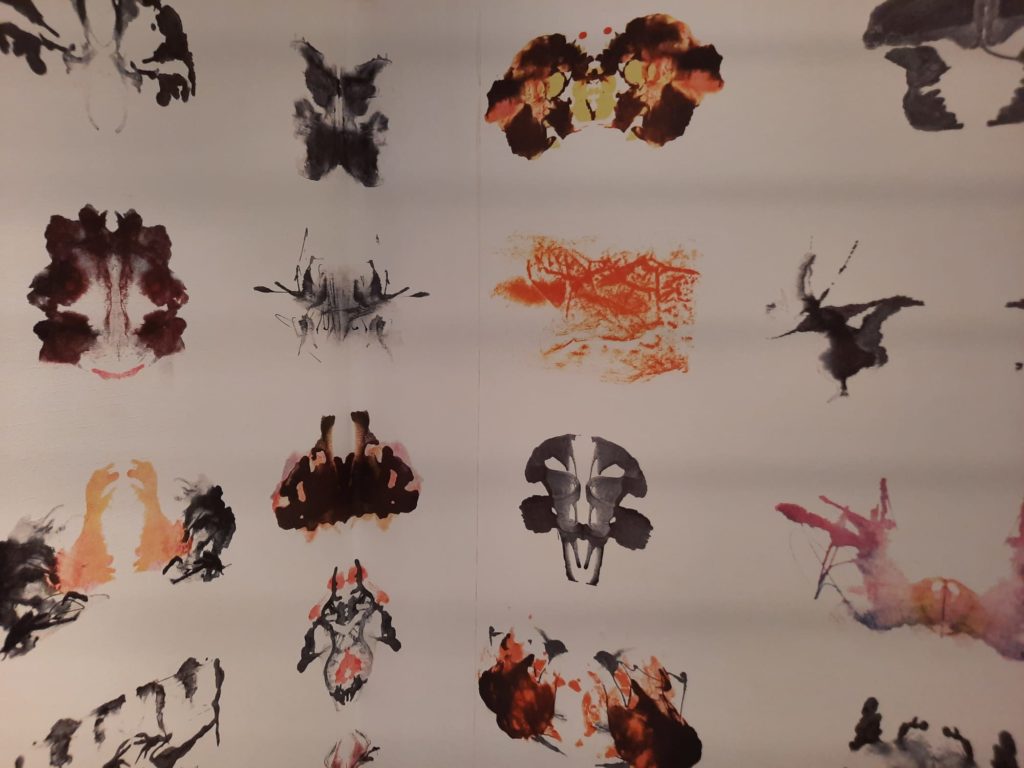
A Potted History of Bethlem Hospital
Few institutions that we now know as psychiatric hospitals have such a long history as Bethlem Royal Hospital. Few, for that matter, have given rise to a word in the English language. But both are true of this venerable institution, now situated in the London suburb of Beckenham but formerly more centrally located.
This is Bethlem’s fourth location over its almost 800 year history. It began life as the Priory of the New Order of Our Lady of Bethlehem, located just outside Bishopsgate. At that time it was not a hospital, but more a fundraising organisation for the Crusades. Although it soon became a hospital in the medieval sense; “an institution supported by charity or taxes for the care of the needy”. Over time, its origins became muddied, which actually helped it to survive the Reformation intact.
It isn’t clear when exactly Bethlem began to specialise in the care of the insane [note on terminology: I will tend in this post towards historically appropriate language unless it seems unnecessarily offensive]. But the process was largely complete by the 1460s. From the 14th Century the hospital’s name had corrupted into something approaching ‘Bedlam’; this is of course the word coined from Bethlem’s association with madness, meaning chaos or upheaval. The association is likely due to various popular plays with scenes set in Bethlem, as well as the practice of public visiting. This latter was ostensibly a charitable act, but actually more of a dehumanising spectacle at a time when psychiatric care was more confinement than treatment.
Over the years, Bethlem has moved around quite a lot. From its original site it moved to Moorfields in the 1670s, to St George’s Fields in the 1810s (now the Imperial War Museum, as seen here), and finally to Beckenham in the 1930s. It became part of the NHS in 1948, and today works with King’s College and is a major centre for psychiatric research.

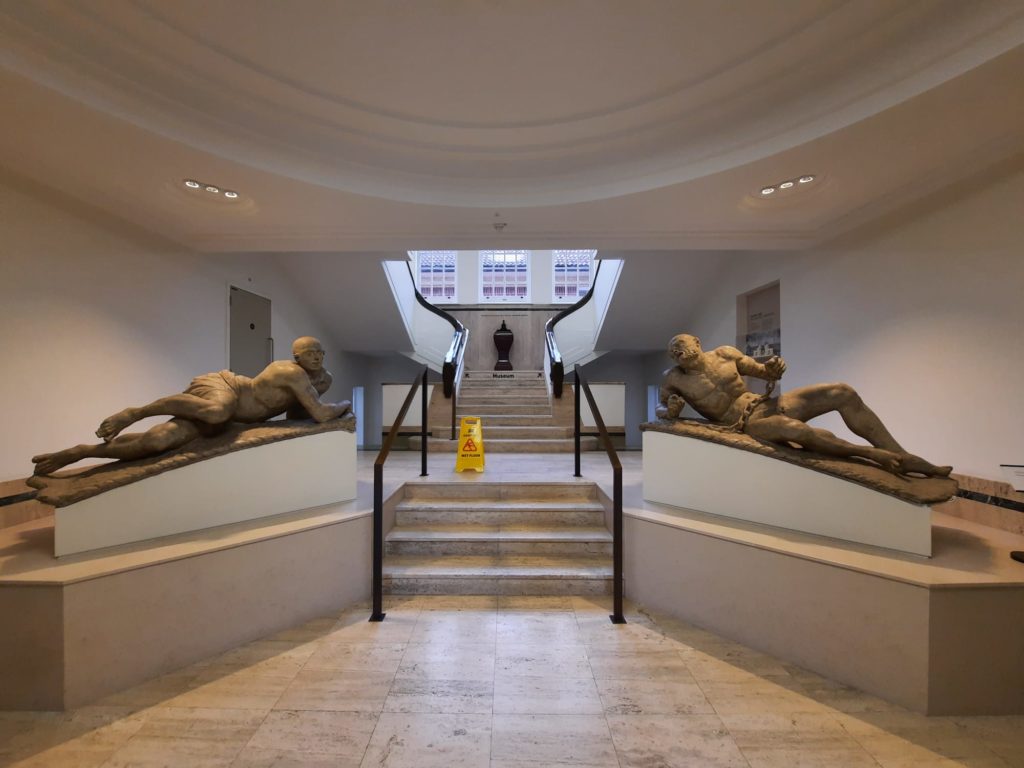
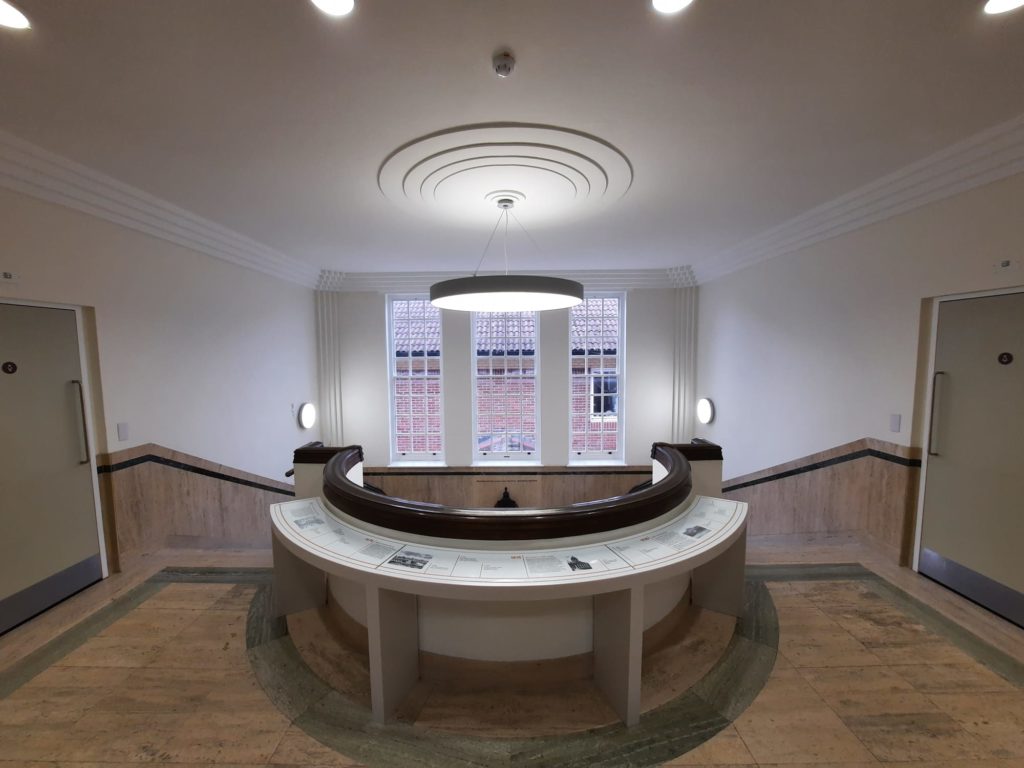
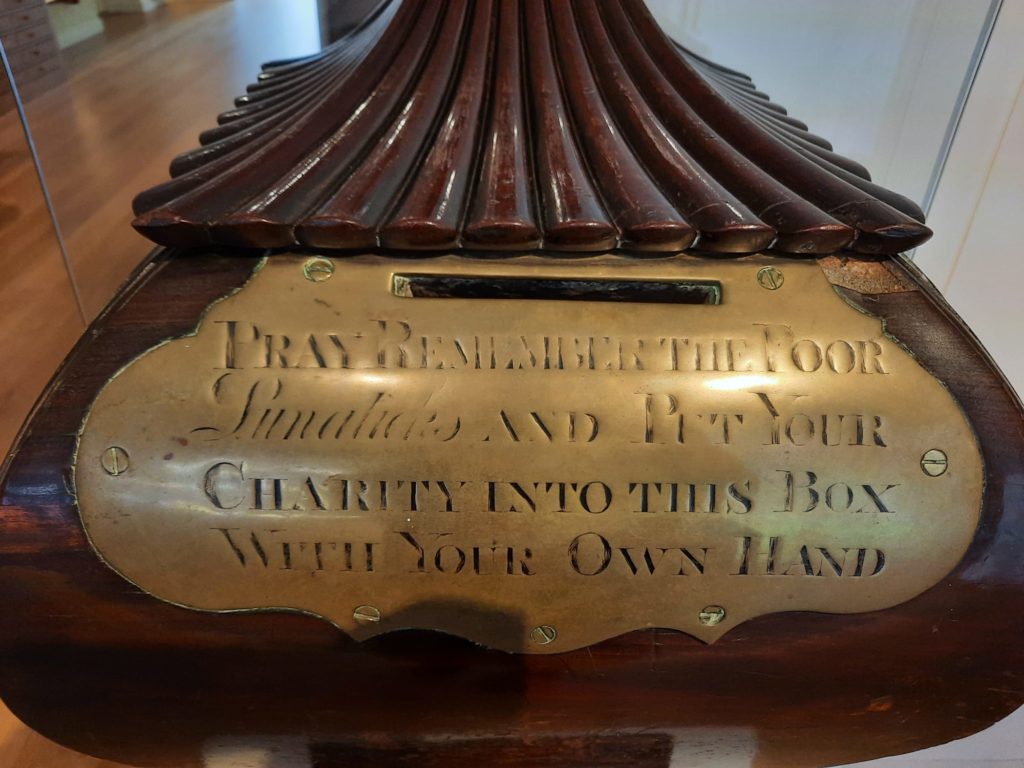
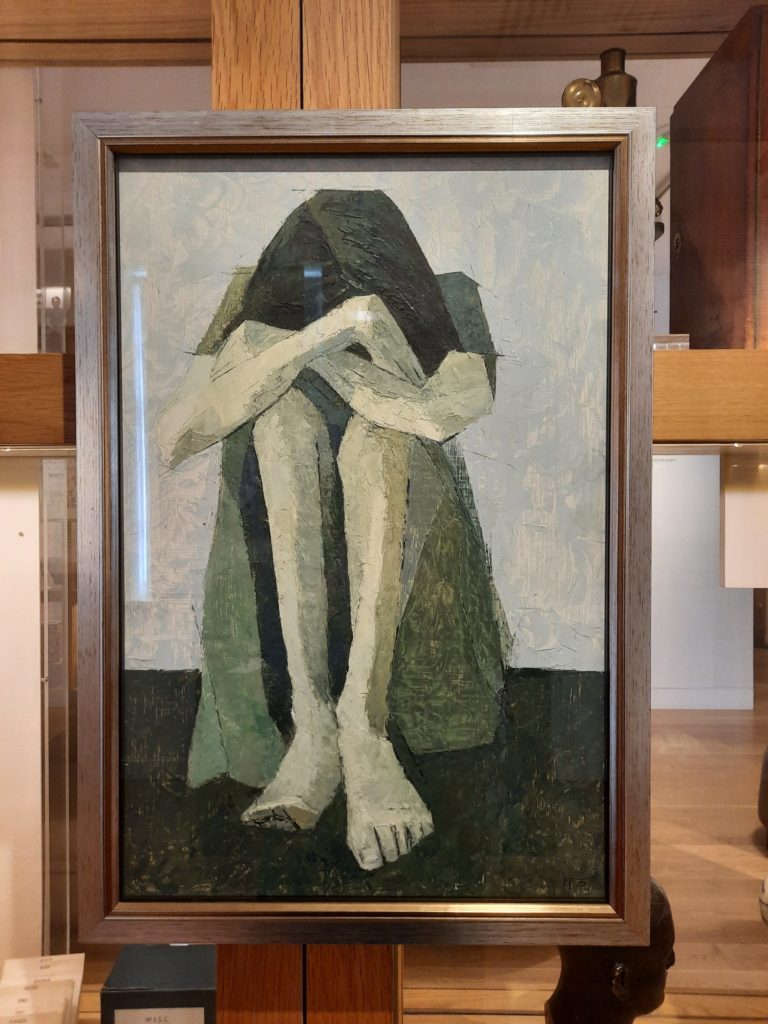
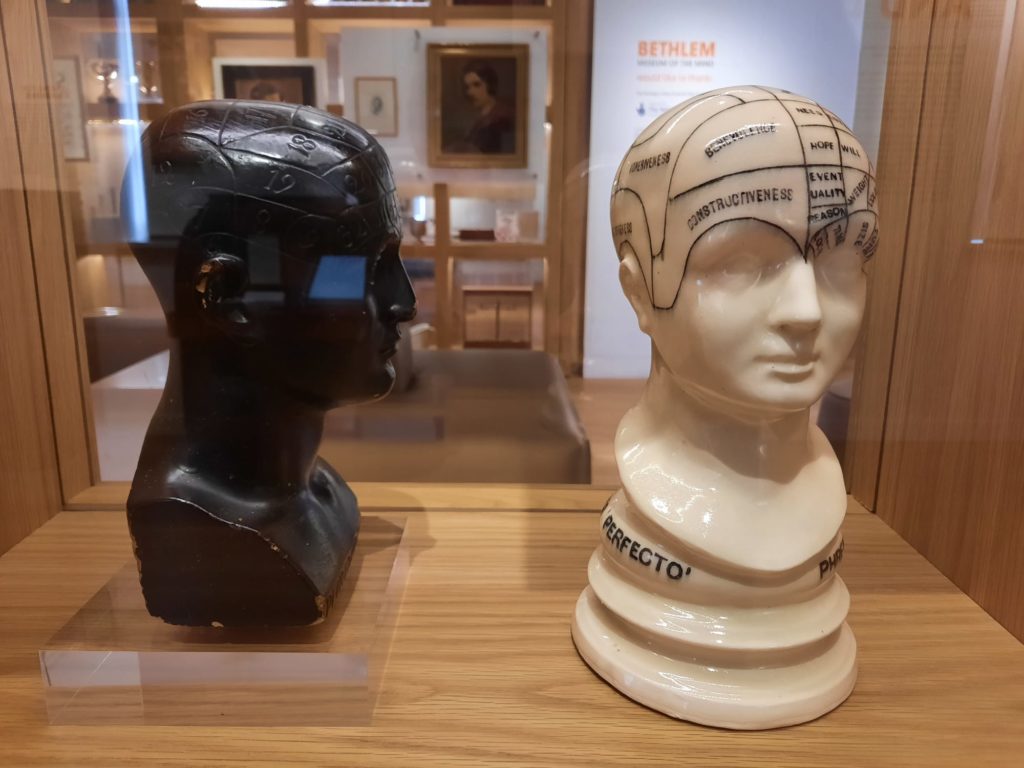
Bethlem Museum of the Mind
You may wonder, then, what on earth I was doing at Bethlem Royal Hospital. Had I decided, inexplicably, to revive the shameful practice of public visiting? No, not at all. The more obvious answer is that there is a museum here that I had long wished to visit. Normally a museum and a gallery, actually, but the latter was not open when I came.
The Bethlem Museum of the Mind opened in 2015. Its stated aim is to promote “understanding of mental illness, its treatment and recovery, through its displays, exhibitions, learning and outreach programmes.” The museum is in the original administration block of this 1930s version of the hospital; this and the nearby chapel are nice architectural specimens. To get to the exhibition spaces you walk past two sculptures, of ‘Raving’ and ‘Melancholy’ madness, by Caius Gabriel Cibber (see more information here). A neat way to set the scene; understanding – without excusing – ways of understanding and treating mental ill health in the past vs. present.
Upstairs, there is a permanent exhibition on just this subject; a grand boardroom to pop your head into; and a temporary exhibition space (more on this one below). The museum only having opened in 2015, the permanent exhibition has a very contemporary feel. It is object-led; with as much interpretation as possible coming verbatim from service users (patients). Objects which could cause distress (such as restraints) are sensitively displayed. And there are many interesting objects which have been made as part of therapeutic processes, and explore individuals’ experiences of psychiatric illness and treatment.

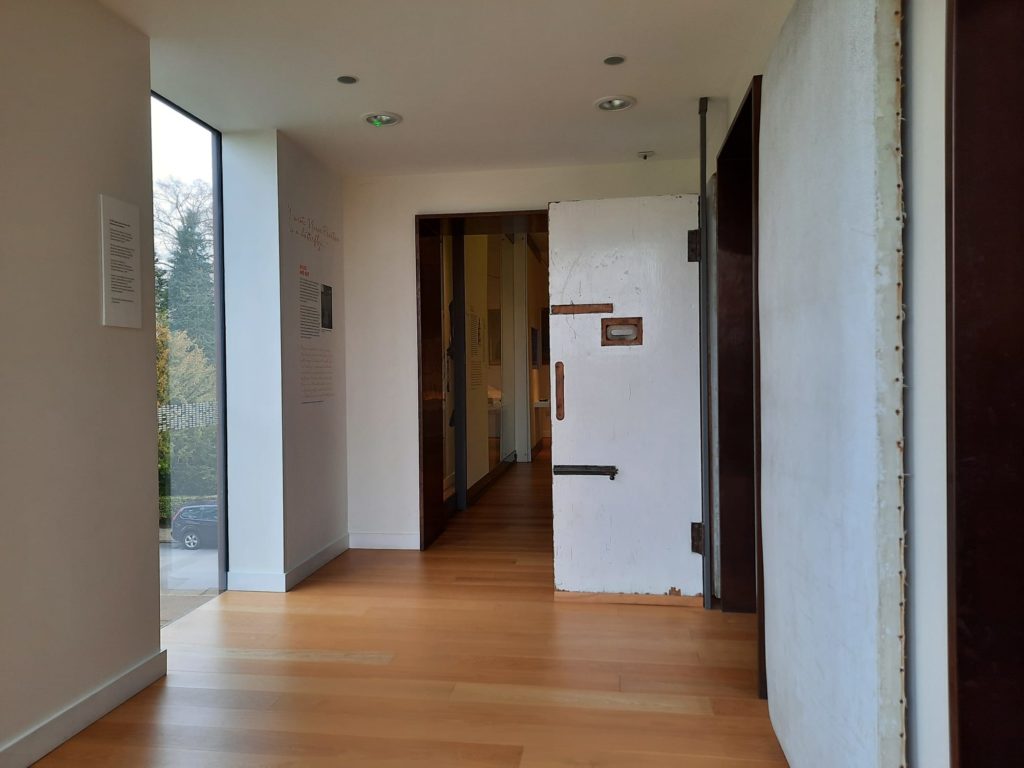
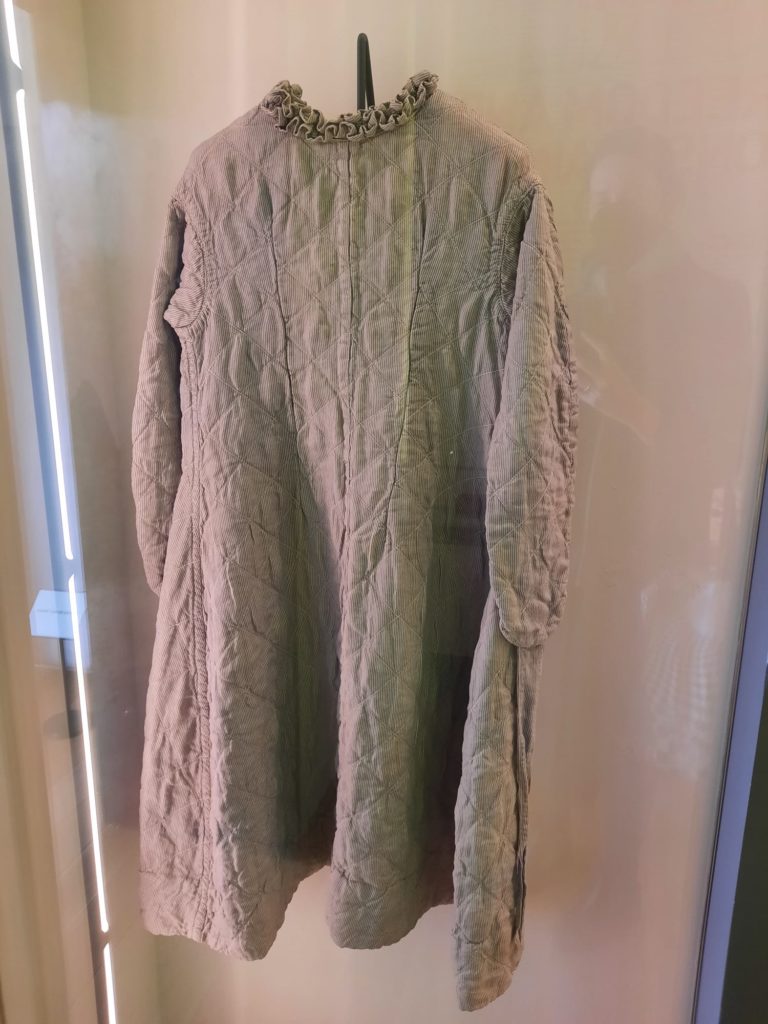
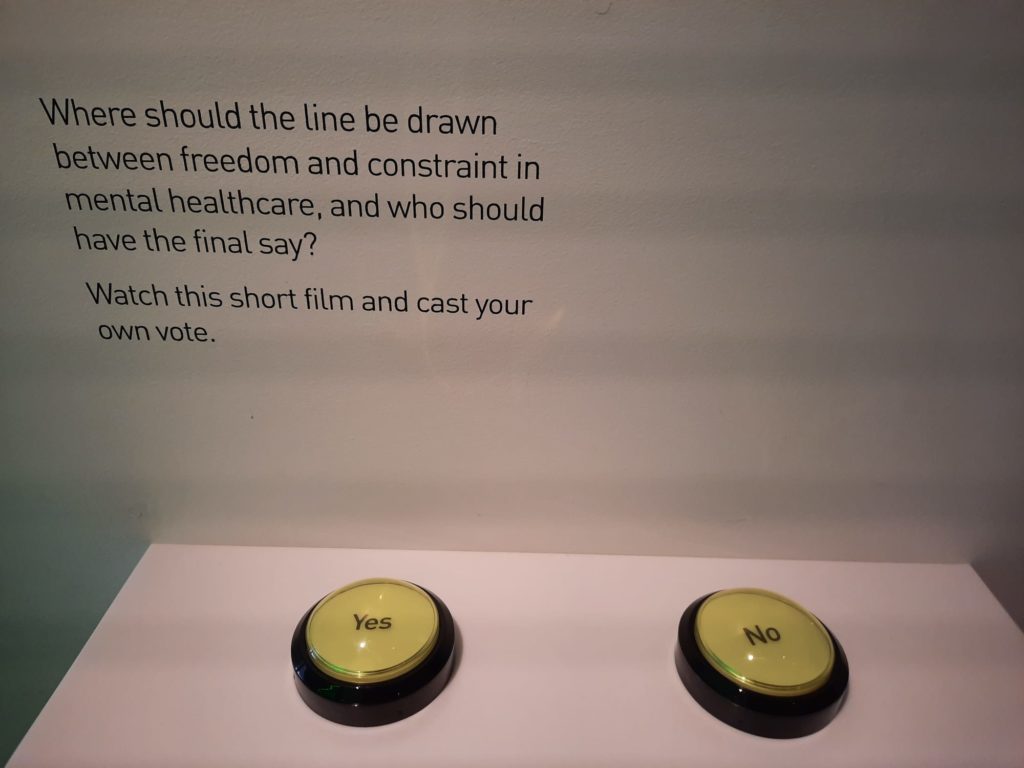
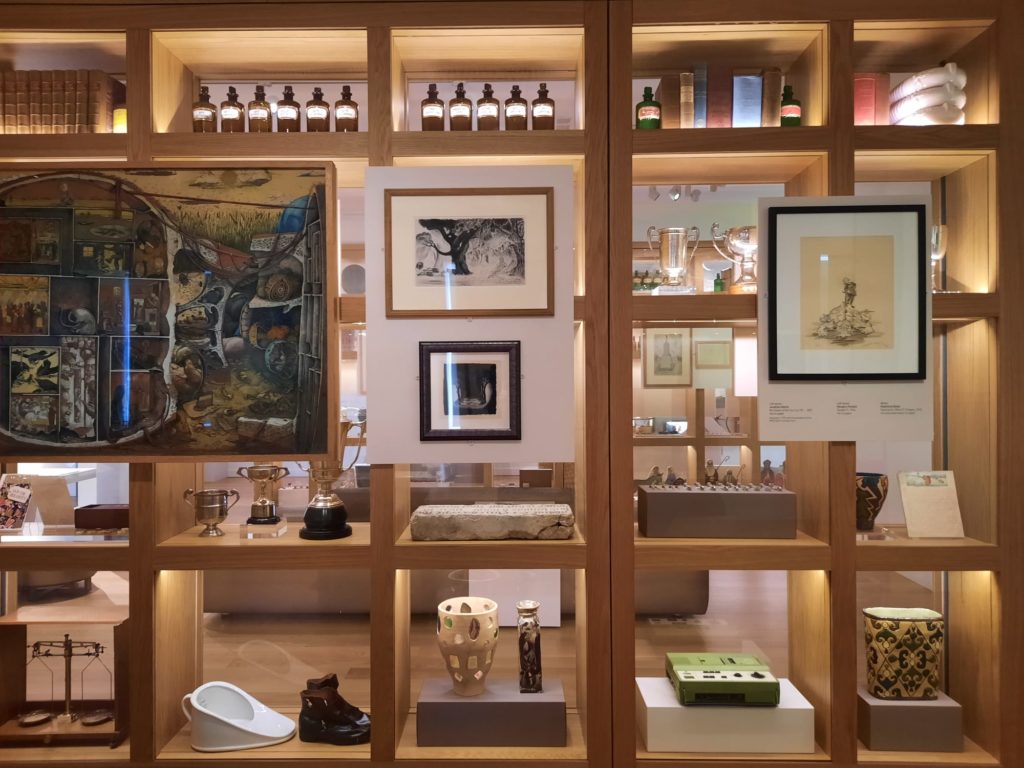
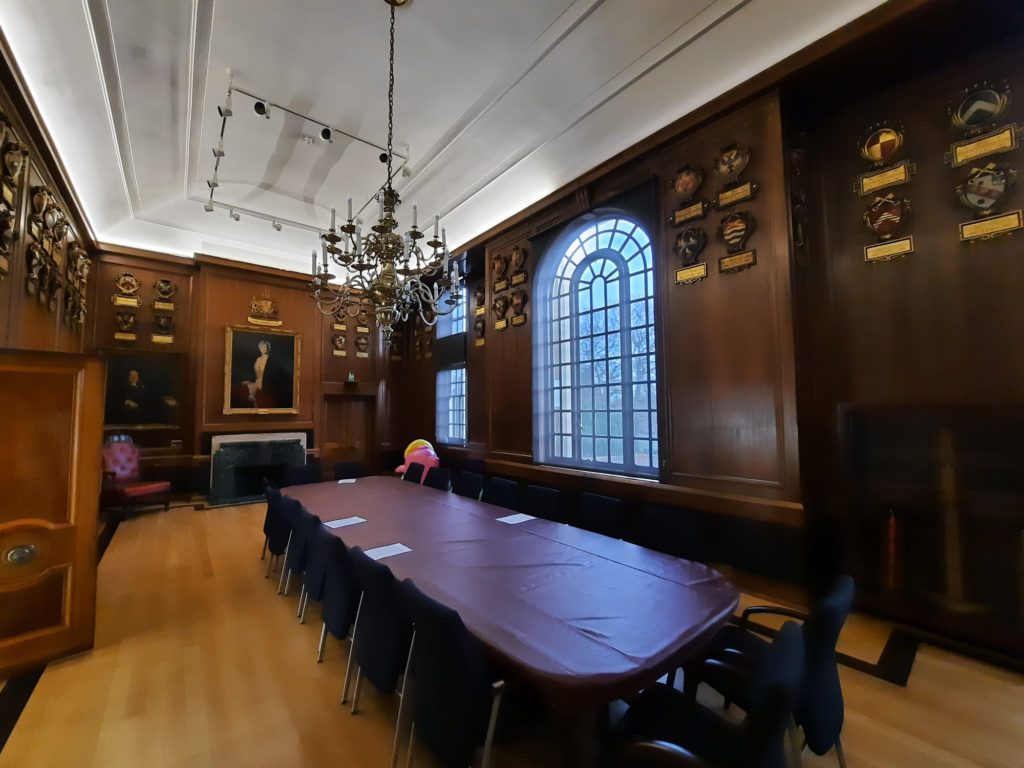
Approaching A Complex Subject
What I appreciated when visiting the Bethlem Museum of the Mind was the complexity of the task of creating these museum displays, and how effectively (I felt) they have been done. There is still a huge amount we don’t understand about mental health. Experiences of mental ill health are hugely personal. There are a number of taboos yet to be broken in this area. The centuries of history at Bethlem mean that this is an institution which has implemented any and all outdated treatments. And institutions, including Bethlem, have not always valued the experience of their own service users; this actually led to a Reclaim Bedlam campaign ahead of 750th anniversary celebrations. This is a huge and knotty history to unravel in what is really quite a small exhibition space.
What I think the exhibition designers and curators have done well is to surface this complexity without trying to excuse or explain it. They delve into various ways of understanding mental illness in the past (humours, phrenology etc.). They also present views on different treatments, such as electroconvulsive therapy (ECT), which is still in use today in a limited capacity but has caused lasting negative impacts to some patients.
The section that I found most effective of all was a room, bare apart from some panels from a padded room (itself very emotive). In this room, museum volunteers voice the first-hand experiences of four former residents at Bethlem, two 19th Century and two 21st Century. We hear how some of their experiences were positive, some painful, but most somewhat ambivalent. The thread connecting them was a loss of agency and control. This is what I think the Museum of the Mind attempts to restore in some part by centering users/patients’ stories.
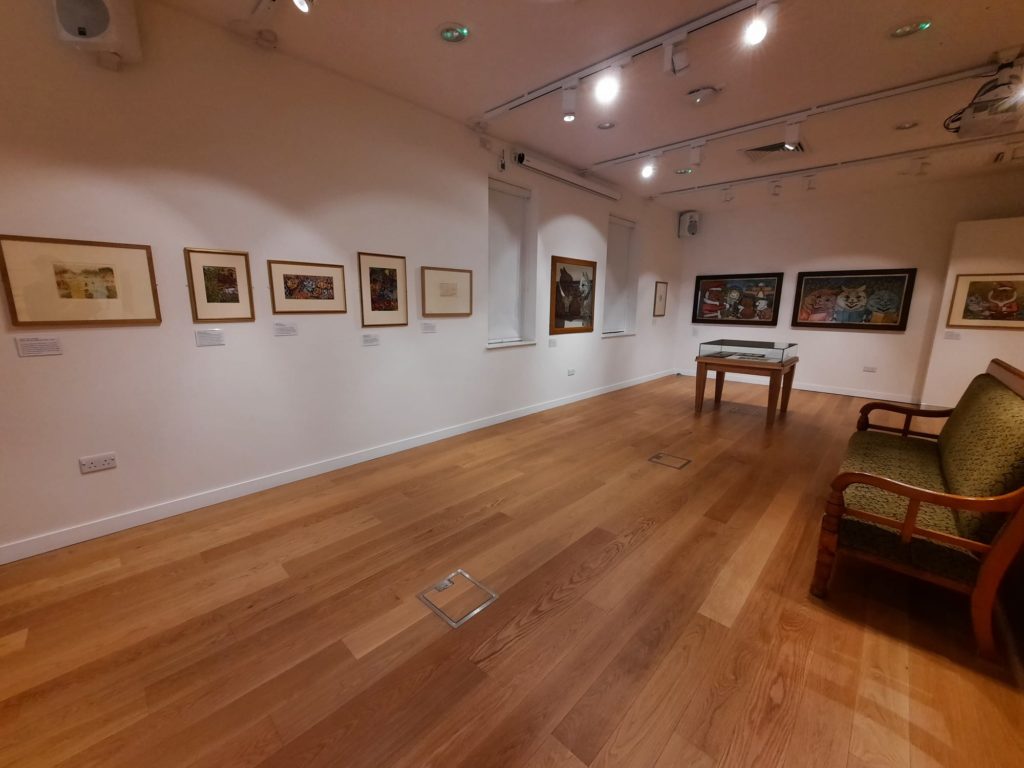
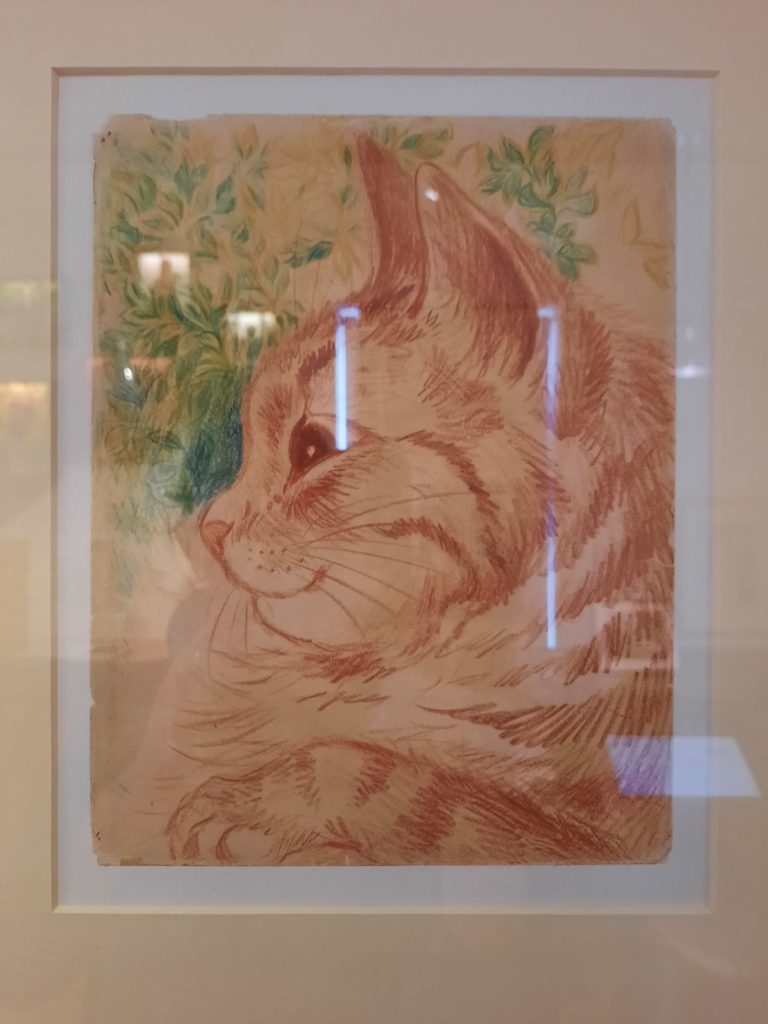
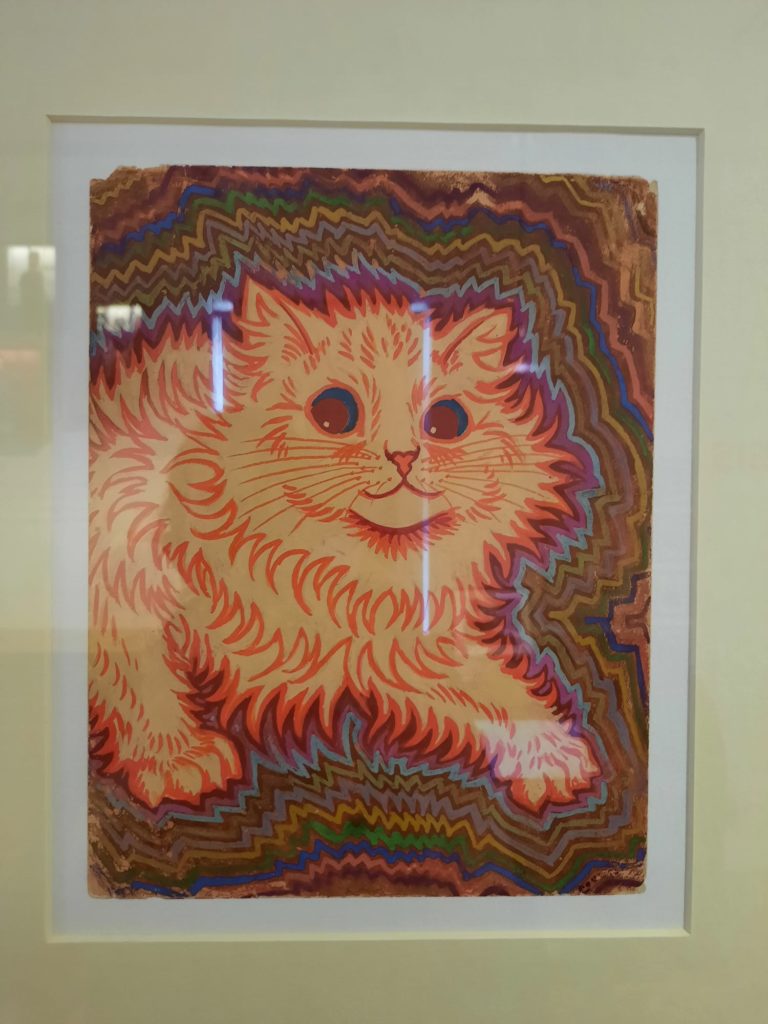
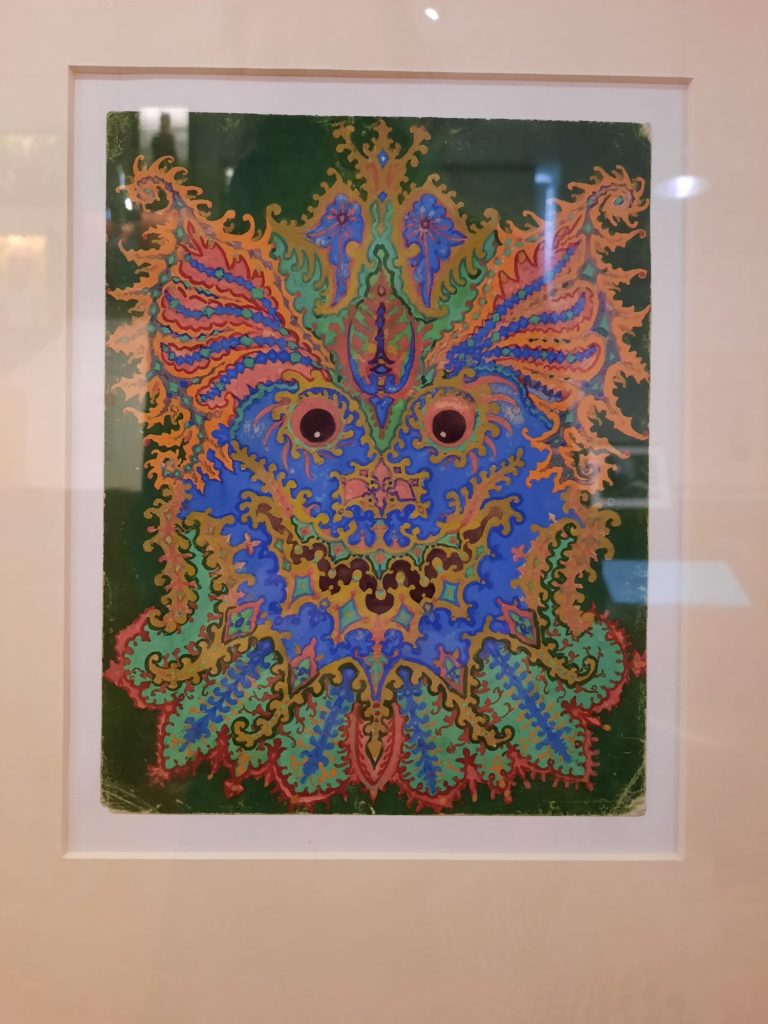
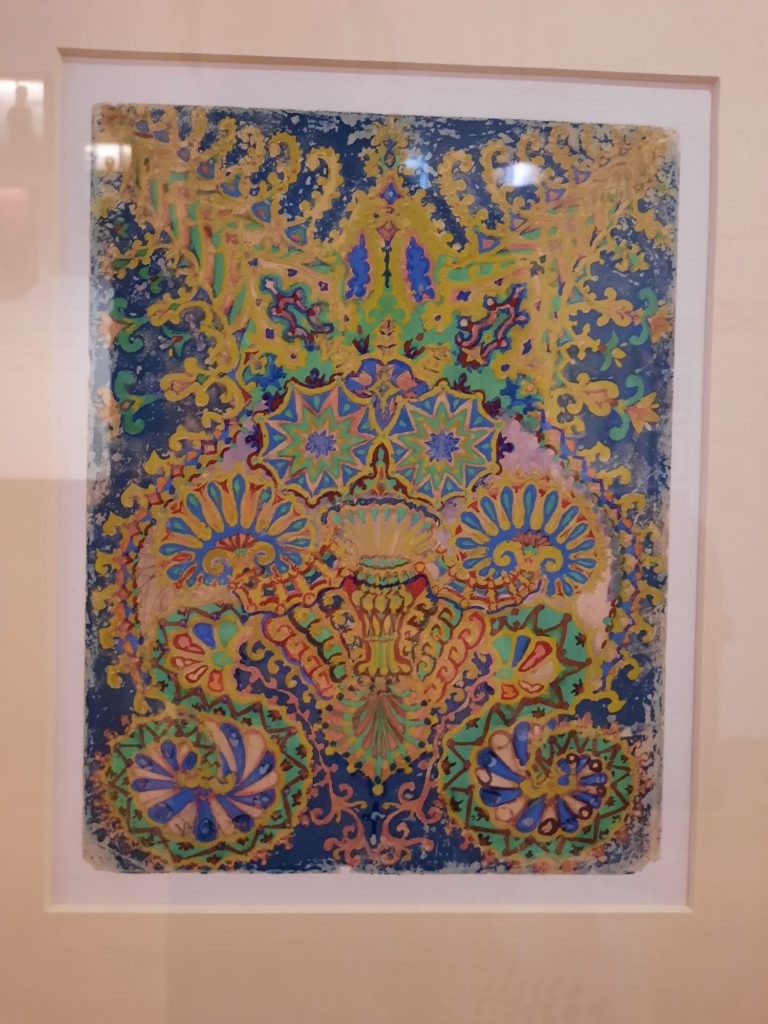
Animal Therapy: The Cats of Louis Wain
The Museum of the Mind’s current temporary exhibition is on Louis Wain. Once something of a household name, Wain’s fame derived from his images of anthropomorphised cats. He also spent many years in psychiatric hospitals, including in Bethlem. Born in 1860 in London, Wain started his working life early in order to help support his family. He married a woman ten years his senior at 23. She sadly died of breast cancer three years later. Their pet cat Peter was a great comfort through her illness, and it was his wife Emily who encouraged him to publish his cat drawings.
Wain was an immensely creative artist, and his images (mainly of cats but also of other subjects) ran the gamut from realistic to almost abstract. He illustrated about 100 children’s books; published work in newspapers and magazines; and even had his own Louis Wain Annual from 1901-1915. Commercial success did not come as easily, however; he often sold his drawings outright without retaining ongoing rights to the images. His drawings were also used in his disputed diagnosis of schizophrenia; an eminent psychiatrist ordered a series of his cat drawings from figurative to abstract to apparently show a deterioration of his mental state.
The exhibition, timed to coincide with the release of a film on Wain’s life, is relatively small but interesting nonetheless. A number of the works on display come from private collections, while Wain painted others as Christmas decorations during his time at Bethlem, a direct link to his time here (although not at the Beckenham site). It’s a nice opportunity to get to know this artist better in a thoughtful and balanced display.
Bethlem Museum of the Mind: 4/5
Animal Therapy: The Cats of Louis Wain: 3/5
Animal Therapy on until 14 April 2022
If you see this after your page is loaded completely, leafletJS files are missing.

